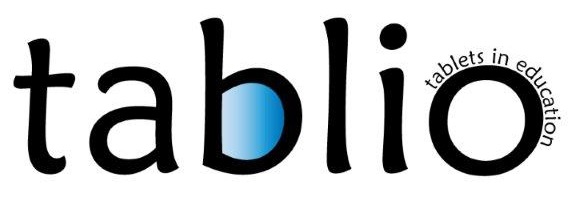Learning through experience with the help of virtual reality

The use of virtual reality in teaching has numerous benefits for pupils. Not only is learning through experience more effective than learning by reading, hearing or seeing, this type of learning also influences pupils’ enthusiasm, active participation in class and encourages their further curiosity and thirst for knowledge.
In terms of differentiation, using virtual reality is a welcoming different way to present learning content that allows teachers to address various types of learners, while experiencing learning content with all senses also influences the improved understanding of the learning content.
Virtual reality is a form of computer simulation which creates perception of presence in an artificial environment. It’s most important features are that a user can see, hear and feel the environment, as if actually being physically present. However, the user is not only present in the environment, but active as well. By moving his body and limbs he can reach into the “environment” in which he is “present”, he can get acquainted with it and understand it better. Virtual reality creates an authentic insight into content it is demonstrating; while at the same time encourages motivation, which is essential in acquiring knowledge and recognizing that we are learning for life.
At the primary school Osnovna šola Pod goro from Slovenske Konjice, Slovenia, teachers report of positive experiences after using virtual reality in class. Dominik Trstenjak, the teacher of optional computer science class, who is also responsible for helping other teachers at the school in using virtual reality technology in the classroom, says that the school decided to invest in virtual reality technology predominantly because they wanted to increase motivation among pupils to participate in class, and also ensure better visualization of the learning content and provide wider insight in it in comparison to textbooks and other teaching accessories. “Each pupil experiences the same thing differently, their interpretations are not the same. Virtual technology allows them to explore outside limited areas, determined by textbook, pictures, etc.”
Virtual reality is mostly used in higher grades, namely in geography, history, chemistry and biology. They use the Google Expeditions software, virtual glasses and tablets or pupils’ mobile phones which must be powerful enough. Pupils and the teacher have an application installed on their tablets or mobile phones that allows control over the entire class, which means that everyone is looking at the same content, while the teacher determines the exact location to which the pupils must pay attention at a certain moment. That is how the teacher controls the entire class over his tablet and guides them through the content. “It is important that the teacher is well prepared before using virtual reality.
The Google Expeditions software offers 5 to 10 different virtual tours for each individual theme, which are supported with prepared questions of various difficulties. The questions and assignments are in fact divided into three categories: basic, medium and difficult. Thus, the software helps us in differentiating. We want each pupil to achieve their highest possible level according to their capabilities, and by using virtual reality we can make this work easier and more enjoyable for them,” says Trstenjak.
Adapting the content to different profiles of pupils is the greatest challenge for the teachers. “The teachers often adapt to pupils with learning disabilities, special needs, foreigners, etc., while we frequently forget about the gifted pupils who actually need the same amount of our attention, or even more. And the very use of virtual reality allows us to offer additional or complementary content to all pupils, regardless of differences between them, so they can all adopt the learning content”, stresses Trstenjak.
Instructions prepared by the teachers can be differentiated or same for al pupils. That depends on the teacher and the content he is presenting. Virtual reality content is same for all pupils, and it is the assignments that are differentiated. All is already prepared in the software, however, in English. So, the teacher can prepare handouts or worksheets in Slovenian before the class according to software instructions. Pupils cannot see the questions, they only see picture, while the teacher or the administrator has access into the whole content (questions and picture) and thus controls the entire class.
The key to virtual reality’s success in class is, according to Trstenjak, especially in interesting and useful contents, which enable pupil’s 360-degree insight into the learning content, due to which he is actively involved in the content, making it easier for him to imagine and memorize the learning content.
The school also strives for their teachers to educate themselves individually, follow the trends and participate in various interesting project that contribute to higher quality and interesting teaching.
